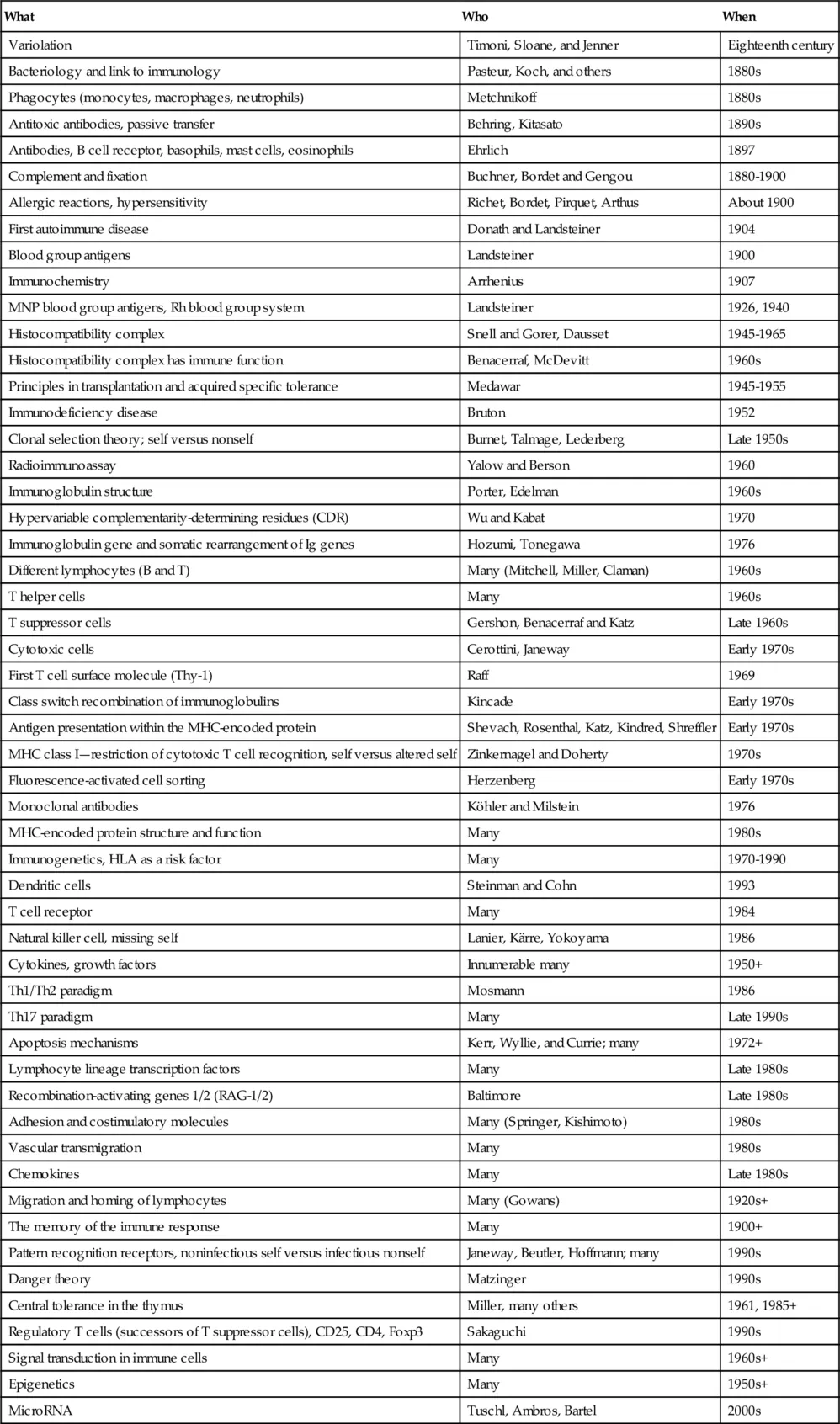
The Origin of Chronic Inflammatory Systemic Diseases and their Sequelae
Rainer Straub
- 390 páginas
- English
- ePUB (apto para móviles)
- Disponible en iOS y Android
The Origin of Chronic Inflammatory Systemic Diseases and their Sequelae
Rainer Straub
Información del libro
Chronic inflammatory diseases such as rheumatoid arthritis, ankylosing spondylitis, multiple sclerosis, inflammatory bowel diseases, and others typically stimulate a systemic response of the entire body. This response has a uniform character in many diseases because common pathways are switched on. The uniform response regulates systemic energy and water provision. However, long-term application of this program leads to typical disease sequelae such as fatigue / depressive symptoms, sleep disturbances, anorexia, malnutrition, muscle wasting – cachexia, cachectic obesity, insulin resistance, dyslipidemia, alterations of steroid hormone axes, disturbances of the hypothalamic-pituitary-gonadal axis, elevated sympathetic tone, hypertension, volume expansion, decreased parasympathetic tone, inflammation–related anemia, bone loss, hypercoagulability, circadian rhythms of symptoms, and disease exacerbation by stress.
The Origin of Chronic Inflammatory Systemic Diseases and Their Sequelae demonstrates concepts of neuroendocrine immunology, energy and water regulation, and evolutionary medicine in order to show that the uniform response that regulates systemic energy and water provision, has been positively selected for acute physiological responses and short-lived disease states, but is a misguided program in chronic inflammatory diseases and aging.
- Offers a broad conceptual framework with a strong clinical link, written in an easy to grasp style and demonstrating the link to aging research
- Describes the important principles derived from basic immunology that are used to explain pathogenesis of chronic inflammatory systemic diseases with a focus on autoimmunity
- Defines the bioenergetics and energy regulation of the body explaining common response pathways typical for systemic inflammation
- Makes use of evolutionary medicine theory to demonstrate the uniformity of the systemic response
- Explains the appearance of typical disease sequelae on the basis of the three pillars: neuroendocrine immunology, energy regulation, and evolutionary medicine theory
- Contains color figures and tables that explain the field to newcomers
Preguntas frecuentes
Información
History of Immunology Research
Abstract
| What | Who | When |
| Variolation | Timoni, Sloane, and Jenner | Eighteenth century |
| Bacteriology and link to immunology | Pasteur, Koch, and others | 1880s |
| Phagocytes (monocytes, macrophages, neutrophils) | Metchnikoff | 1880s |
| Antitoxic antibodies, passive transfer | Behring, Kitasato | 1890s |
| Antibodies, B cell receptor, basophils, mast cells, eosinophils | Ehrlich | 1897 |
| Complement and fixation | Buchner, Bordet and Gengou | 1880-1900 |
| Allergic reactions, hypersensitivity | Richet, Bordet, Pirquet, Arthus | About 1900 |
| First autoimmune disease | Donath and Landsteiner | 1904 |
| Blood group antigens | Landsteiner | 1900 |
| Immunochemistry | Arrhenius | 1907 |
| MNP blood group antigens, Rh blood group system | Landsteiner | 1926, 1940 |
| Histocompatibility complex | Snell and Gorer, Dausset | 1945-1965 |
| Histocompatibility complex has immune function | Benacerraf, McDevitt | 1960s |
| Principles in transplantation and acquired specific tolerance | Medawar | 1945-1955 |
| Immunodeficiency disease | Bruton | 1952 |
| Clonal selection theory; self versus nonself | Burnet, Talmage, Lederberg | Late 1950s |
| Radioimmunoassay | Yalow and Berson | 1960 |
| Immunoglobulin structure | Porter, Edelman | 1960s |
| Hypervariable complementarity-determining residues (CDR) | Wu and Kabat | 1970 |
| Immunoglobulin gene and somatic rearrangement of Ig genes | Hozumi, Tonegawa | 1976 |
| Different lymphocytes (B and T) | Many (Mitchell, Miller, Claman) | 1960s |
| T helper cells | Many | 1960s |
| T suppressor cells | Gershon, Benacerraf and Katz | Late 1960s |
| Cytotoxic cells | Cerottini, Janeway | Early 1970s |
| First T cell surface molecule (Thy-1) | Raff | 1969 |
| Class switch recombination of immunoglobulins | Kincade | Early 1970s |
| Antigen presentation within the MHC-encoded protein | Shevach, Rosenthal, Katz, Kindred, Shreffler | Early 1970s |
| MHC class I—restriction of cytotoxic T cell recognition, self versus altered self | Zinkernagel and Doherty | 1970s |
| Fluorescence-activated cell sorting | Herzenberg | Early 1970s |
| Monoclonal antibodies | Köhler and Milstein | 1976 |
| MHC-encoded protein structure and function | Many | 1980s |
| Immunogenetics, HLA as a risk factor | Many | 1970-1990 |
| Dendritic cells | Steinman and Cohn | 1993 |
| T cell receptor | Many | 1984 |
| Natural killer cell, missing self | Lanier, Kärre, Yokoyama | 1986 |
| Cytokines, growth factors | Innumerable many | 1950+ |
| Th1/Th2 paradigm | Mosmann | 1986 |
| Th17 paradigm | Many | Late 1990s |
| Apoptosis mechanisms | Kerr, Wyllie, and Currie; many | 1972+ |
| Lymphocyte lineage transcription factors | Many | Late 1980s |
| Recombination-activating genes 1/2 (RAG-1/2) | Baltimore | Late 1980s |
| Adhesion and costimulatory molecules | Many (Springer, Kishimoto) | 1980s |
| Vascular transmigration | Many | 1980s |
| Chemokines | Many | Late 1980s |
| Migration and homing of lymphocytes | Many (Gowans) | 1920s+ |
| The memory of the immune response | Many | 1900+ |
| Pattern recognition receptors, noninfectious self versus infectious nonself | Janeway, Beutler, Hoffmann; many | 1990s |
| Danger theory | Matzinger | 1990s |
| Central tolerance in the thymus | Miller, many others | 1961, 1985+ |
| Regulatory T cells (successors of T suppressor cells), CD25, CD4, Foxp3 | Sakaguchi | 1990s |
| Signal transduction in immune cells | Many | 1960s+ |
| Epigenetics | Many | 1950s+ |
| MicroRNA | Tuschl, Ambros, Bartel | 2000s |
